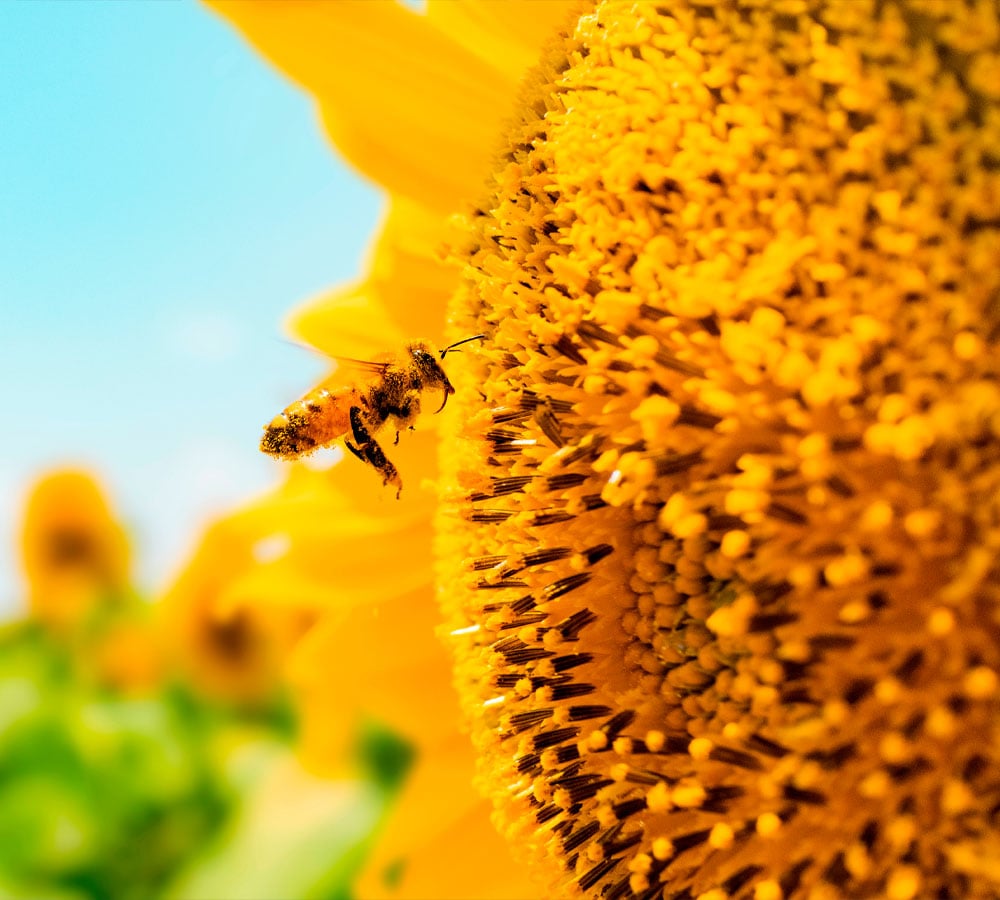Did you know that the peels of oranges and other fruits can be used as ingredients for smoothies, juices or flavorings? Often these food scraps end up in the trash while they can still be used for human consumption. This principle is called Food for Food: the circular reuse of food waste streams as a source for new foods.
In this blog you will read what exactly Food for Food entails with practical examples. You will also learn about the main benefits, challenges and how it can contribute to reducing food waste.
What is Food for Food?
Food for Food means that food waste and by-products are not thrown away, but reused for human consumption. By by-products, we mean components that are created during food production but are not the main purpose. Think of whey - the liquid released when making cheese - or the grain left over after brewing beer (brewers' grains). The latter can be added to bread dough, for example, for extra fiber and flavor. Potato peels are also increasingly being made into chips or crispy snacks, rather than ending up as waste.
What are the benefits of Food for Food?
Worldwide, nearly a third of all food produced goes to waste--over 1.05 billion tons annually. A key benefit of Food for Food is that it helps reduce food waste. Residual streams and by-products that would end up as waste are thus given a new purpose.
In addition, Food for Food offers the following benefits:
Reduced demand for new raw materials.
As residual streams are better utilized, the demand for new raw materials decreases. Take for example the orange peels we mentioned earlier: by reusing them, no additional oranges are needed for a smoothie or juice. Applied on a large scale, this means fewer oranges need to be grown. That lowers the pressure on agricultural production. It saves water for cultivation, relieves agricultural land so it can recover, and requires less energy for harvesting and processing. It also reduces CO2 emissions normally associated with transportation and production of new raw materials.
Cost savings
Disposing of waste costs companies money - think collection costs, processing costs and transportation. By utilizing waste streams, fewer materials end up in the bin. That means fewer empties and thus direct savings in waste management.
In addition, residual streams also represent value. For example, consider the grain left over after brewing beer (brewers' grains), as mentioned earlier. A baker can add this residual stream to bread dough, providing additional fiber and flavor. Thus, companies save on purchasing new ingredients, while the companies that donate the residual streams actually earn something from it.
What are the challenges of Food for Food
Along with the benefits, there are also challenges that determine how quickly Food for Food can be widely adopted. We list the main challenges:
Food safety
Residual streams and by-products are often perishable and cannot be left for long. They must therefore be processed quickly or stored refrigerated so that the quality remains good. Clear rules also apply, for example from the NVWA (Dutch Food and Consumer Product Safety Authority), which checks that products are safe and do not contain harmful substances or bacteria.
Logistics
Logistics is a challenge because residual streams released at a production site must be transported to a processor who can turn them into something new. This requires not only finding the right processor, but also time, organization and transportation. In addition, food safety-as mentioned above-also plays a major role in the logistics aspect.
Consumer behavior
Food made from something previously considered waste-such as the peels of oranges-doesn't feel natural to everyone and can stop people from consuming it. Therefore, it is important to promote awareness and education about the benefits of Food for Food, such as reducing food waste and using resources more sustainably.
Food for Food and food waste
Some 2 billion kilos of food are wasted in the Netherlands every year. That's an average of 100 kilos per person. The figures in Belgium are also high: an average of about 345 kilos per inhabitant per year. In Flanders, the figure is about 907,000 tons per year.
At the same time, the demand for food continues to rise due to population growth and climate change (think of crop failures due to extreme weather conditions and water shortages due to drought). Raw materials are becoming scarcer and pressure on agricultural land is increasing. This is precisely why it is important to use available resources more efficiently. Food for Food helps with this: by reusing residual streams for human consumption, we reduce waste and the demand for new raw materials.

How can Milgro help
Stay informed
Want to stay up to date with the latest developments? Follow us on LinkedIn and Instagram or subscribe to our newsletter. Curious about what Milgro can do for your operations and waste process? Feel free to get in touch .











